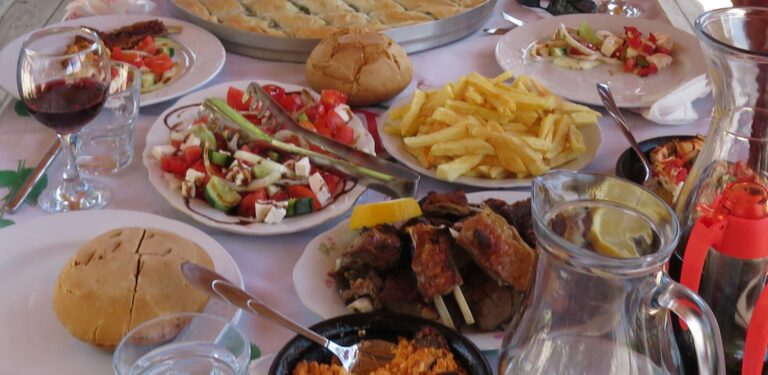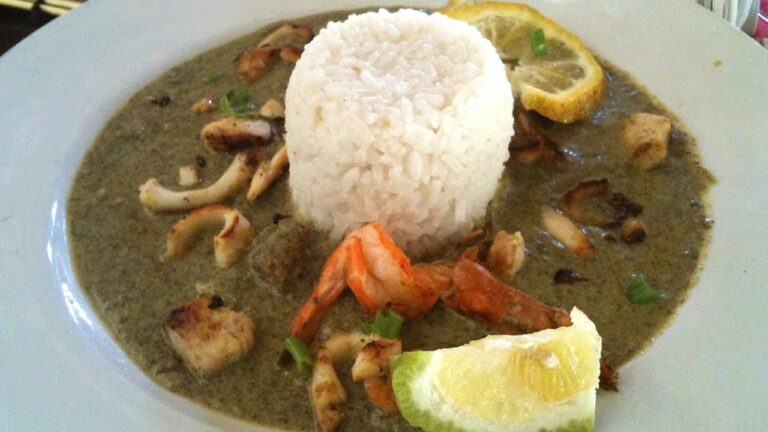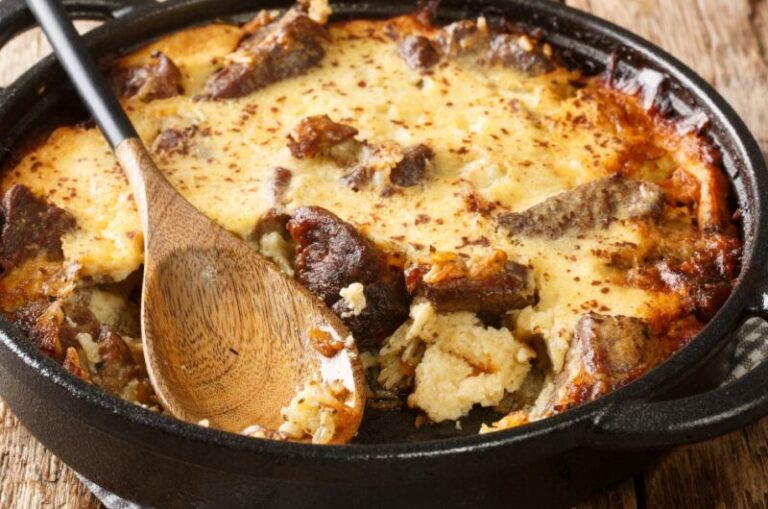Introduction: Algerian Cuisine Overview
Algerian cuisine is a fusion of different cultures, reflecting the country’s diverse history and geography. The north African country’s food is influenced by Berber, Arab, Turkish, Mediterranean, and French cultures, among others. The cuisine boasts a variety of flavorful dishes, with meat being a staple ingredient.
Algerian Cuisine: A Blend of Cultures and Flavors
Algerian cuisine offers a unique blend of cultures and flavors, with each region having its own traditional dishes. The country’s cuisine is characterized by the use of spices, herbs, and fresh ingredients, which give its dishes a distinct taste. The cuisine is not only rich in flavors but also in history and culture, reflecting the country’s diverse population and history.
Meat in Algerian Cuisine: A Staple of the Diet
Meat is a significant component of Algerian cuisine, with lamb, beef, chicken, and mutton being the most consumed. Algerian meat dishes are usually slow-cooked, grilled, or braised, giving them a tender and succulent texture. Meat is usually served with flavorful sauces, spices, and herbs, making it a tasty and satisfying meal.
Djaj Mqualli: The Classic Algerian Chicken Dish
Djaj Mqualli is a classic Algerian dish made with chicken, onions, garlic, and a blend of spices. The chicken is slow-cooked in a rich tomato sauce, giving it a tender and succulent texture. The dish is usually served with couscous or bread, making it a hearty and flavorful meal.
Mechoui: The Traditional Algerian Grilled Lamb
Mechoui is a traditional Algerian dish made with lamb. The lamb is marinated with a blend of spices before being roasted slowly over charcoal. The result is tender, juicy lamb with a smoky flavor. Mechoui is usually served with bread or couscous and is a popular dish at weddings, festivals, and other celebrations.
Couscous with Meat: The Iconic Algerian Dish
Couscous with meat is an iconic Algerian dish that is usually served with lamb, beef, or chicken. The dish is made by steaming couscous with a blend of vegetables, spices, and meat, giving it a rich and flavorful taste. Couscous with meat is a staple dish in Algerian households and is usually served on special occasions.
Merguez: The Spicy Algerian Sausage
Merguez is a spicy Algerian sausage made with lamb, beef, or a blend of both. The sausage is flavored with a blend of spices, including paprika, cumin, and chili pepper. Merguez is usually grilled or pan-fried and is served with bread, couscous, or vegetables. It is a popular street food in Algeria and is also commonly served during celebrations.
T’fina: The Hearty Algerian Meat Stew
T’fina is a hearty Algerian meat stew made with lamb, beef, or chicken. The dish is flavored with a blend of spices and usually includes a variety of vegetables, such as potatoes, carrots, and onions. T’fina is usually served with bread or couscous and is a comforting and hearty meal that is perfect for cold weather. It is a popular dish in Algeria and is usually served during family gatherings and other celebrations.




